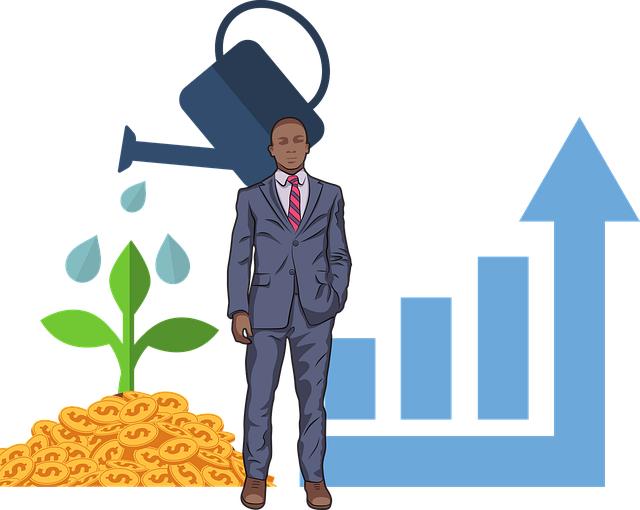Picture a world where the heartbeat of our daily lives is powered by the sun, driven by the wind, and sustained by eco-friendly choices. If you’ve ever stood beneath a whirling wind turbine or basked in the glow of solar panels and wondered how you, too, can make a sustainable impact, you’re in the right place. Welcome to “7 Ways to Invest in Renewable Energy for All Levels,” your comprehensive guide through the vibrant palette of opportunities available to every eco-warrior—from the novice to the seasoned investor.
In these seven carefully curated steps, you’ll uncover a wellspring of information on how to channel your resources into renewable energy projects, whether it’s through direct investment, community initiatives, or innovative technologies. So, gear up to learn how your next financial decision can not only yield potential dividends but also chart a course towards a greener, more sustainable future for our planet. Whether you’re looking to contribute on a small scale or dive deep into large-scale enterprises, this listicle is your gateway to making impactful, environmentally-conscious investments.
- Small-Scale Solar Panels: For those just starting out, investing in small-scale solar panels for your home or even portable versions for camping can be a fantastic first step. They are affordable, easy to install, and help reduce your electricity bill almost immediately.
- Green Mutual Funds: If you’re looking for a hands-off approach, consider putting your money into green mutual funds. These funds specifically invest in companies and projects focused on renewable energy and sustainability.
- Community Solar Projects: Engage with local community solar projects, which let you buy or lease a part of a large solar installation. This can be a cost-effective way to invest in solar without having to install panels on your home.
- Energy-efficient Upgrades: Invest in energy-efficient home upgrades, such as smart thermostats, LED lighting, and energy-efficient appliances. These not only reduce your carbon footprint but also add value to your property.
- Stocks in Renewable Companies: Dive into the stock market by investing in companies that focus on renewable energy. Look for businesses involved in wind or solar energy, electric vehicles, or battery storage technologies.
- Wind Energy: If you have ample land or live in a windy area, personal wind turbines can be a viable investment. For a broader scope, invest in companies focusing on wind energy technology and infrastructure.
- Renewable Energy Credit Market: Participate in the Renewable Energy Certificate (REC) market. By purchasing RECs, you support renewable energy generation and offset your own carbon footprint, even if you’re not producing renewable energy yourself.
| Investment Type | Initial Cost | Commitment Level | Potential Return |
|---|---|---|---|
| Small-Scale Solar Panels | $$ | Low | Medium |
| Green Mutual Funds | $-$$$ | Low | High |
| Community Solar Projects | $$ | Medium | Medium |
| Energy-efficient Upgrades | $-$$ | Medium | Medium |
| Stocks in Renewable Companies | $-$$$ | Low | High |
| Wind Energy | $$$ | High | High |
| Renewable Energy Credit Market | $ | Low | Medium |
The Way Forward
And there you have it—a spectrum of investment options in renewable energy tailored for every level of expertise. Whether you’re just beginning your journey with a few shares in green stocks or are ready to take the plunge into community projects and green bonds, the opportunities are as diverse as they are promising. As the world pivots towards sustainability, your choices today can help fuel a greener tomorrow.
Thank you for joining us on this enlightening journey. May your investments not only grow but also glow with the warmth of a brighter, cleaner energy future. 🌿✨
